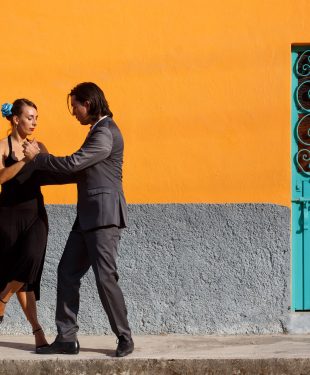America embodies diversity from the scorching deserts of Atacama to the snowy Andes Mountains and the humid Amazon Rainforest. More intriguingly, the region’s rich culture can be seen in cuisine, music, sports, and various art forms. The breadth and depth of history and languages spoken in this region astounds the rest of the world. Despite its diversity, Latin America finds unity in several circles. We delve into the region’s specifics to better understand its cultural diversity and the shared factors that bind its people together.
Latin America’s Cultural Diversity
Latin America covers 7.4 million square miles or roughly 13% of the world’s land surface. It includes both South and Central America. The expanse is made up of 20 sovereign countries. While these countries are frequently grouped as a single region, each is distinct. Every country in the LATAM region has unique identities and traits, from history to language to culture. The area is incredibly diverse as a result of these variations. Latin America is ethnically diverse, with the Quechua, Mapuche, and Maya among the indigenous groups.

Photo by on Pexels
Latin America is also home to people of European, African, and Asian ancestry. According to the World Bank, approximately one-quarter of Latin Americans are of African descent. The region’s ethnic groups have their language, culture, and history. The dominant languages are Spanish and Portuguese, reflecting the colonial legacy. However, indigenous languages such as Quechua, Aymara, Guarani, and Nahuatl are widely spoken throughout the region.
LATAM culture is also extremely diverse, with a long art, music, and literature tradition. The region is the birthplace of salsa, samba, tango, and reggaeton. Latin American artists are well-known globally for diverse visual arts that have significantly contributed to contemporary art. It is also home to some of the world’s most elite athletes and legendary titles, especially in football.
Finding the Commonalities of South American Cultures
With all of these cultural sub-sections, it is undeniable that Latin America is not homogeneous, as people from other regions commonly believe. However, Latin America shares several similarities, including:
Love for Sports
People all over Latin America are very passionate about sports. They frequently participate in sports such as soccer, baseball, basketball, and boxing. Soccer is the most popular sport in Latin America, and it has become a big part of their culture, almost like a religion. It draws large crowds to stadiums, and you will find kids and grown-ups enjoying the beautiful game anywhere open from streets to beaches. This culture has generated legendary players in the sport’s history, including Pele, Maradona, Messi, Ronaldo, Ronaldinho, Neymar, and many others. Millions of football fans who never miss a game get to celebrate wins in their own special way on Spanish sports betting sites. With the introduction of online gaming sites, more people in the region now have more opportunities to participate in the beloved sport.
Shared Colonial Experiences

Photo by on Pexels
Spanish, Portuguese, and French colonization history runs through all Latin American countries. They are the main European powers that established colonies and claimed territories in the Americas starting from the late 15th Century.
In terms of language, culture, and institutions, colonial powers profoundly impacted the region’s Indigenous peoples and societies. The legacy of colonization can still be seen today in Latin America through language and adopted traditions. Many countries in the region are still dealing with the long-term effects of colonialism on issues such as economic development, political institutions, and social inequality.
Religion
Christianity, particularly Roman Catholicism, is the dominant religion in Latin America. It is significant in Latin American history and culture. Since the arrival of the Spanish and Portuguese colonizers in the 16th century, Catholicism has become deeply ingrained in the social fabric of Latin America. Everything from religious rituals and customs to political beliefs and social norms was influenced by it. The Catholic Church is still a powerful institution in modern LATAM. Its teachings continue to influence the daily lives of millions of people in the region, despite the presence of Protestants and other religious groups.
Social Issues
People in Latin America have much in common regarding their social lives. Their cultures prioritize democracy but accomplish tasks through personal connections and familial relationships rather than government structures. Latinos place a strong emphasis on family and close relationships outside of the nuclear family. Furthermore, most Latinos are optimistic and free-spirited, making them one of the friendliest people to be around in the world.
Final Thoughts
Latin America is a vast region that values history, geography, and cultural diversity. Unlike most people think, Latinos do not singularly populate the region. It has many ethnic groups. Technology today has enabled the region to share its culture with the rest of the world, and recreation, beliefs, and high-context culture continue to unite its people.
Read more lifestyle articles at ClichéMag.com
Images provided by BingAI, Adobe Stock, Flickr, Unsplash, Pexels, Pixabay & Creative Commons




